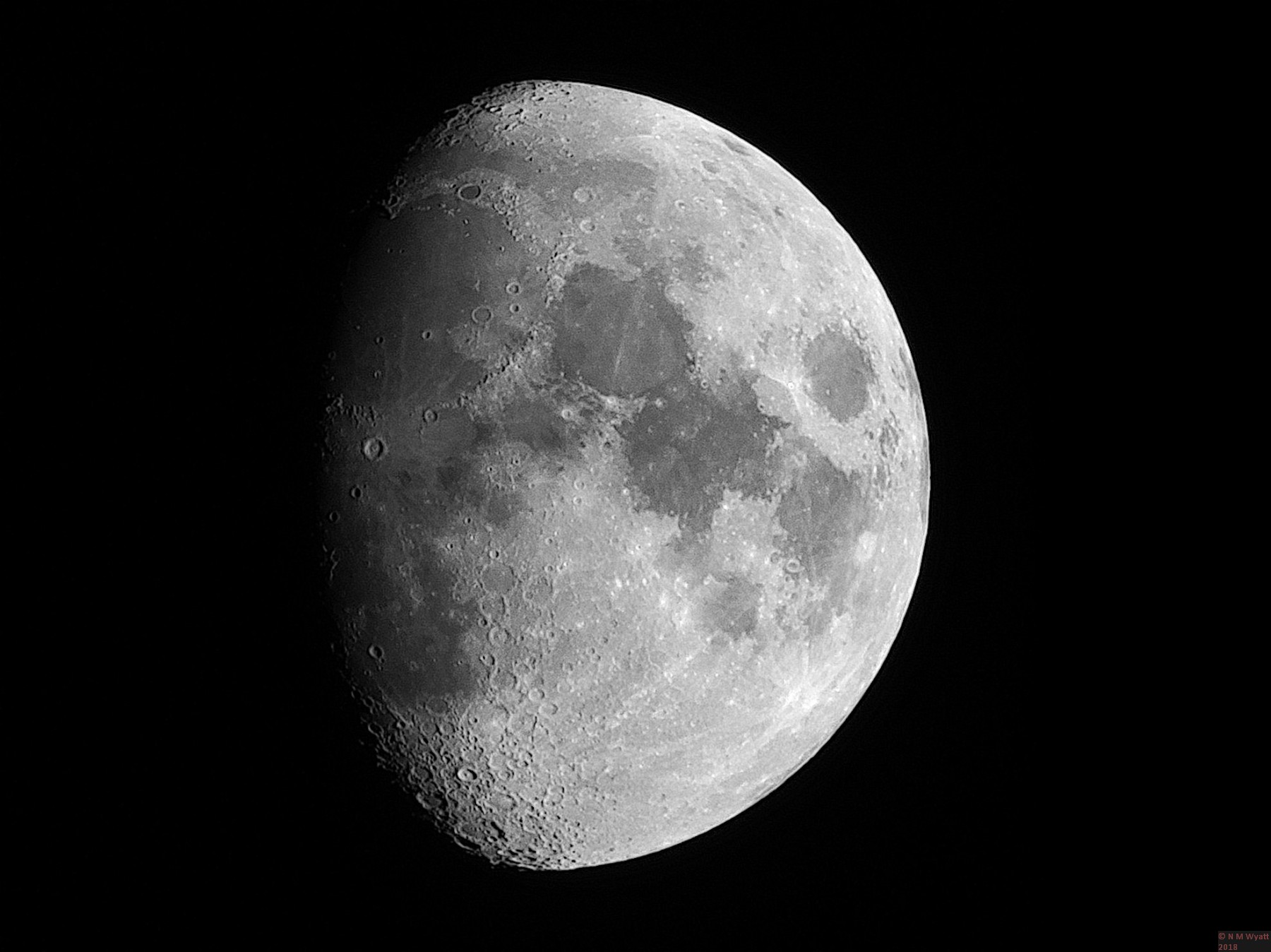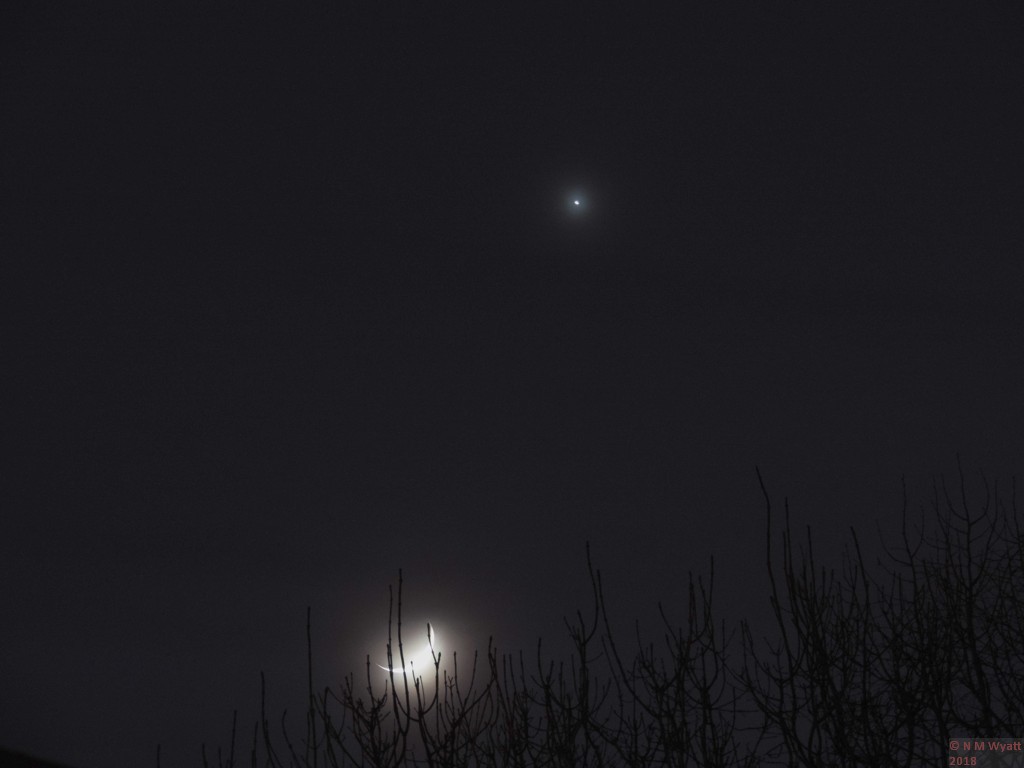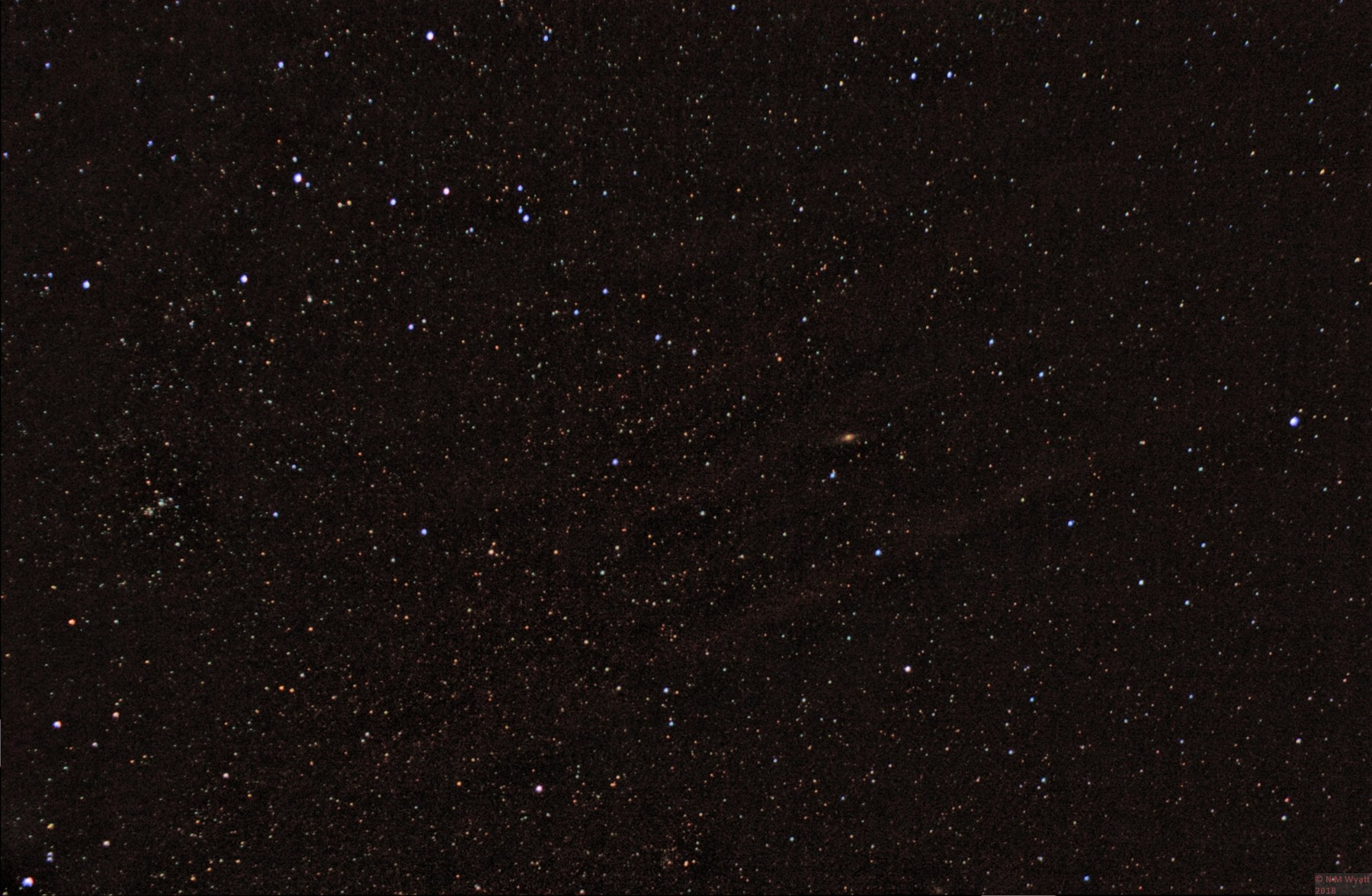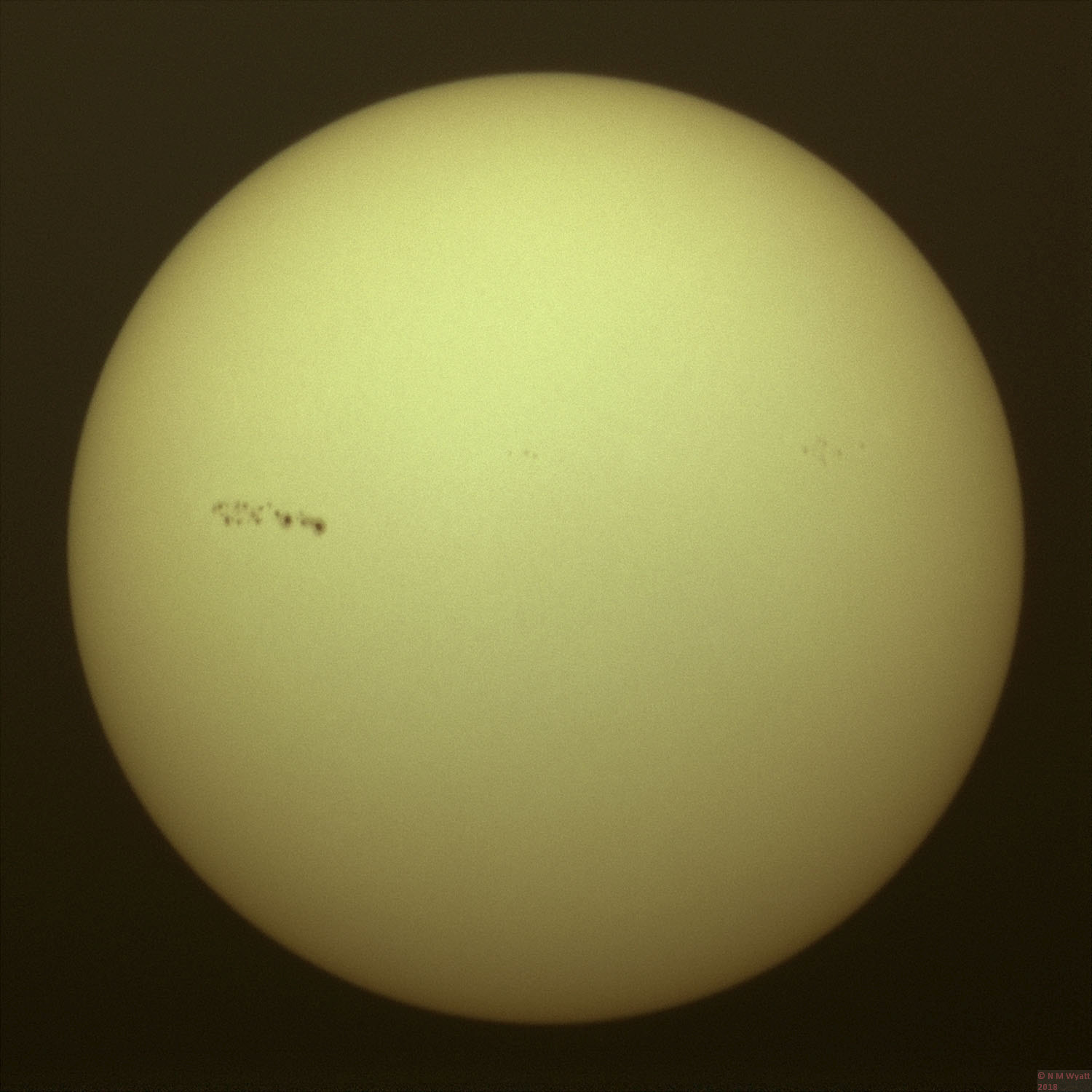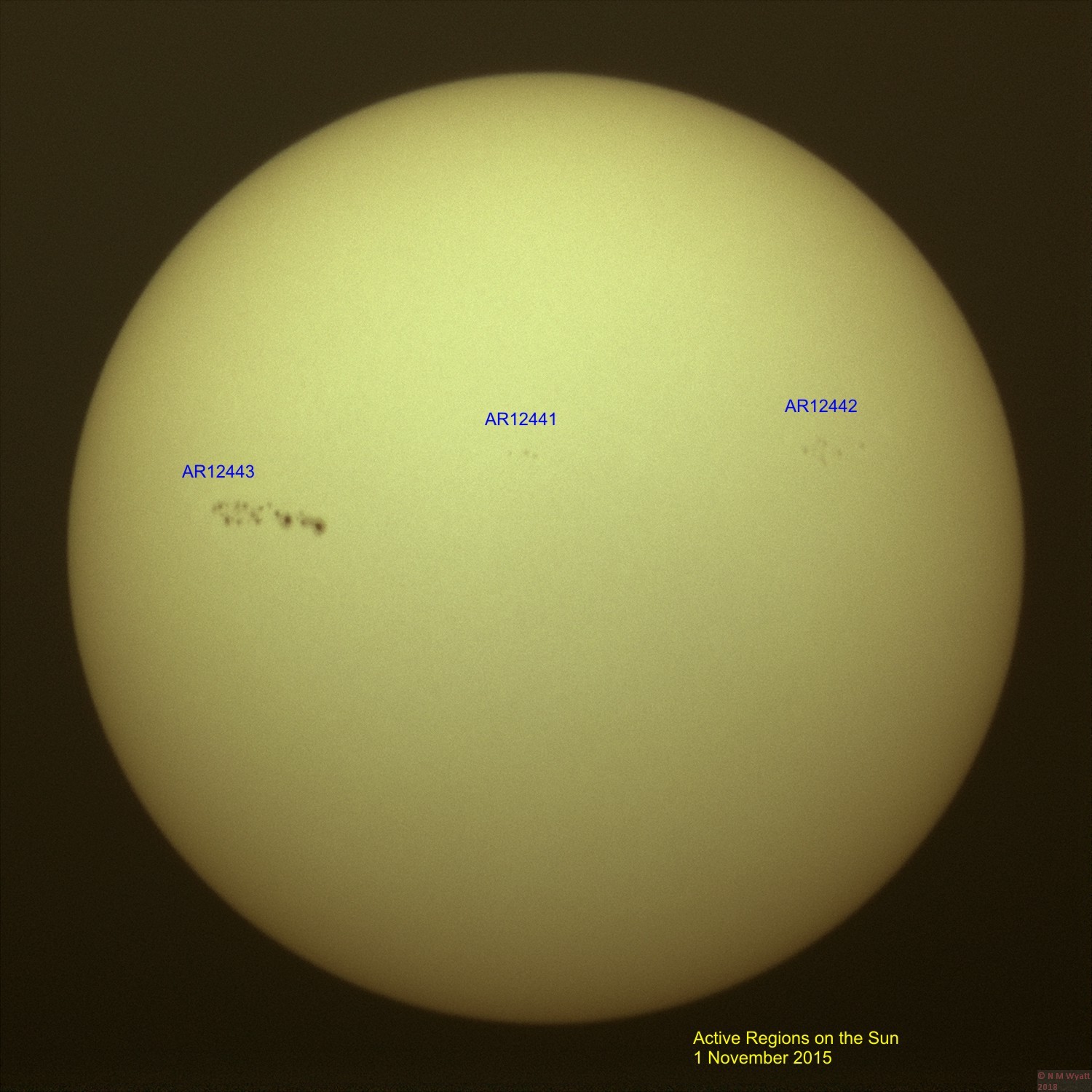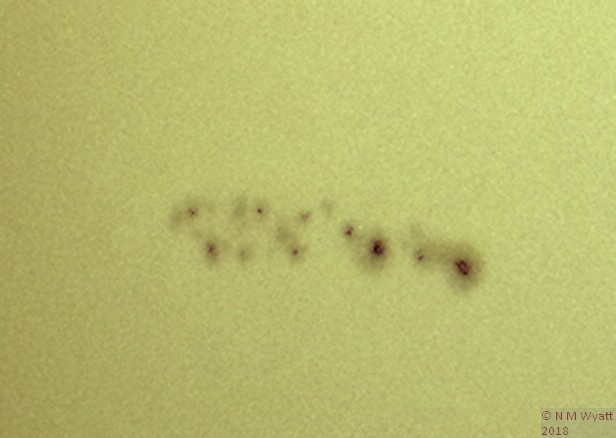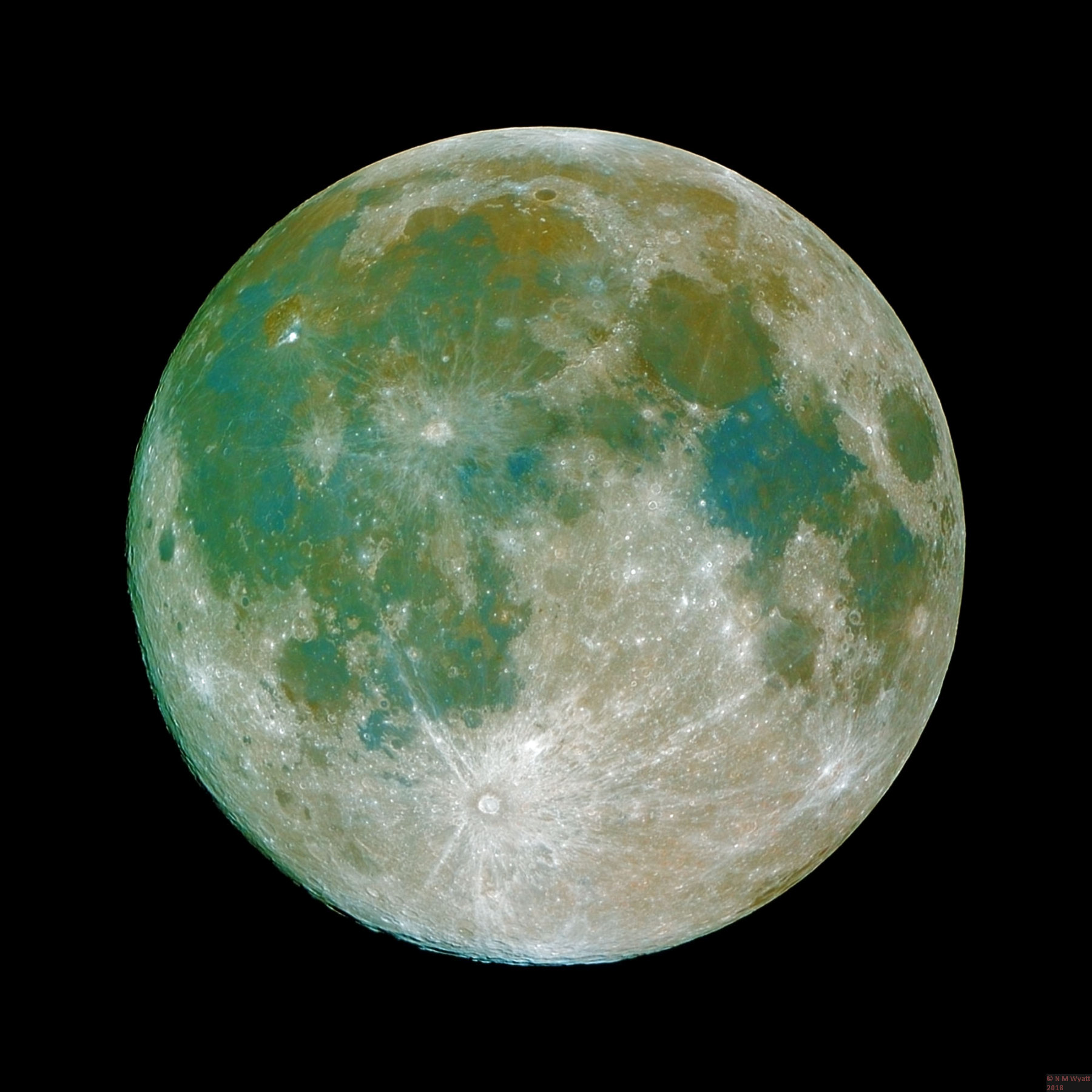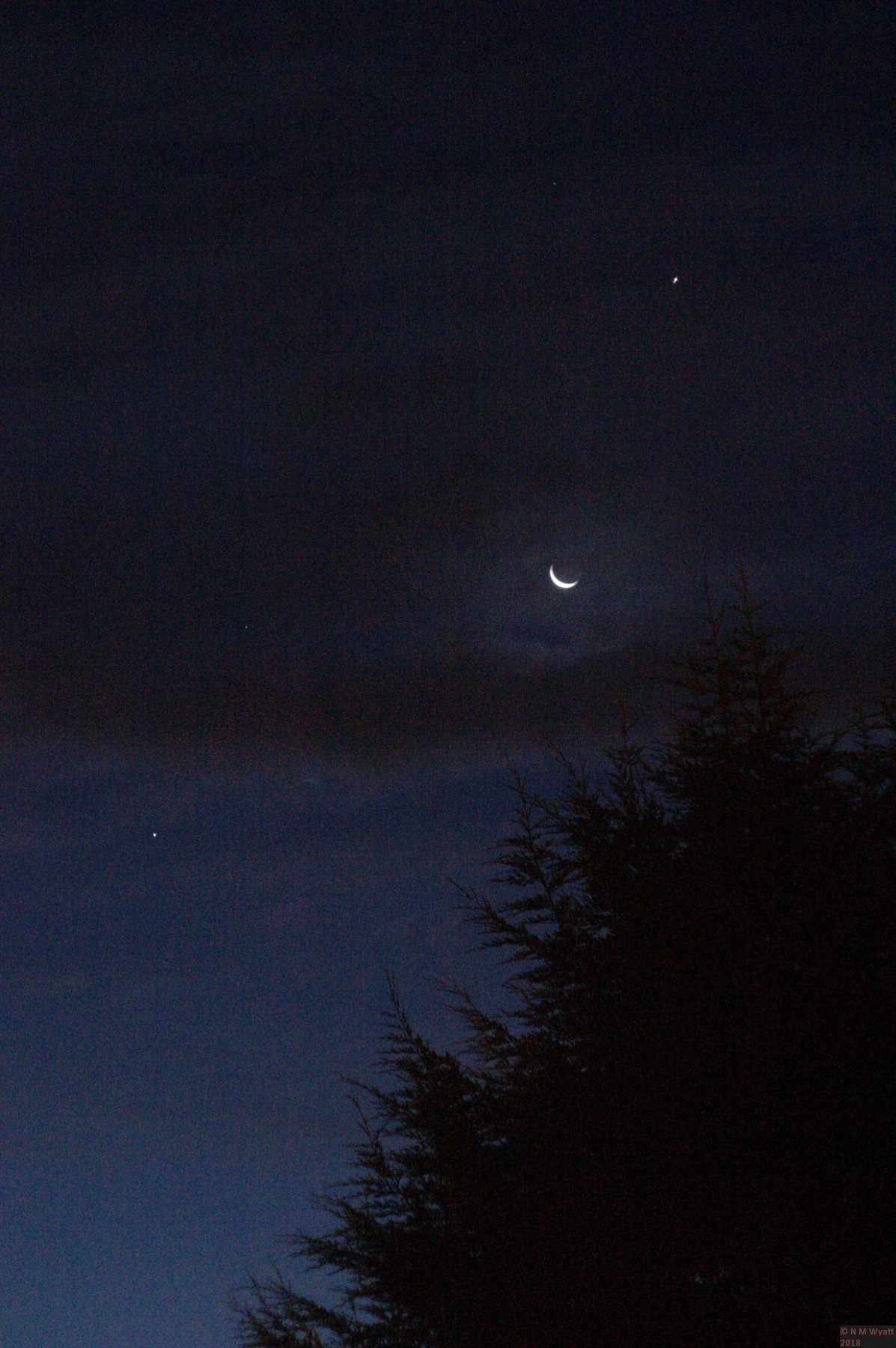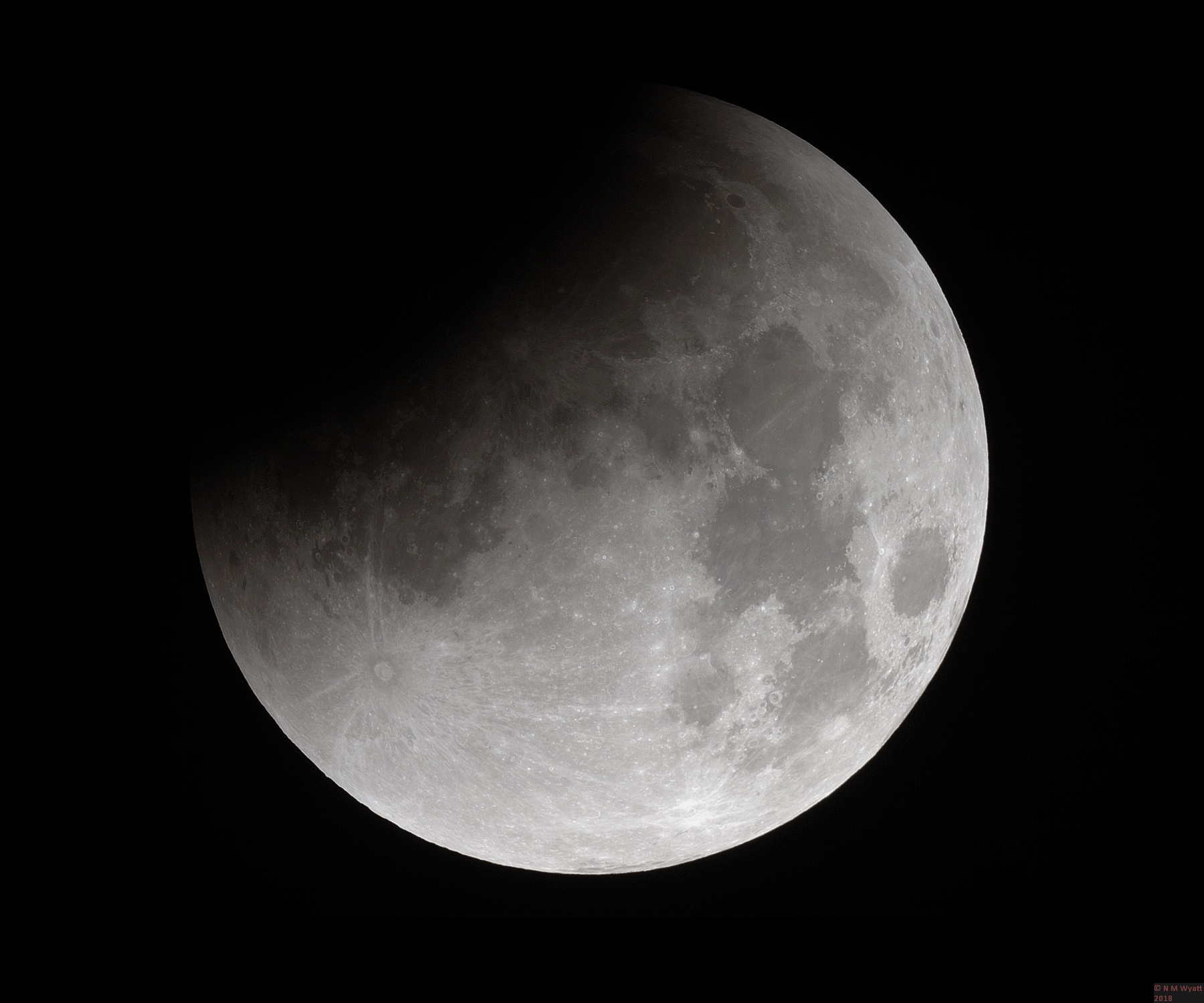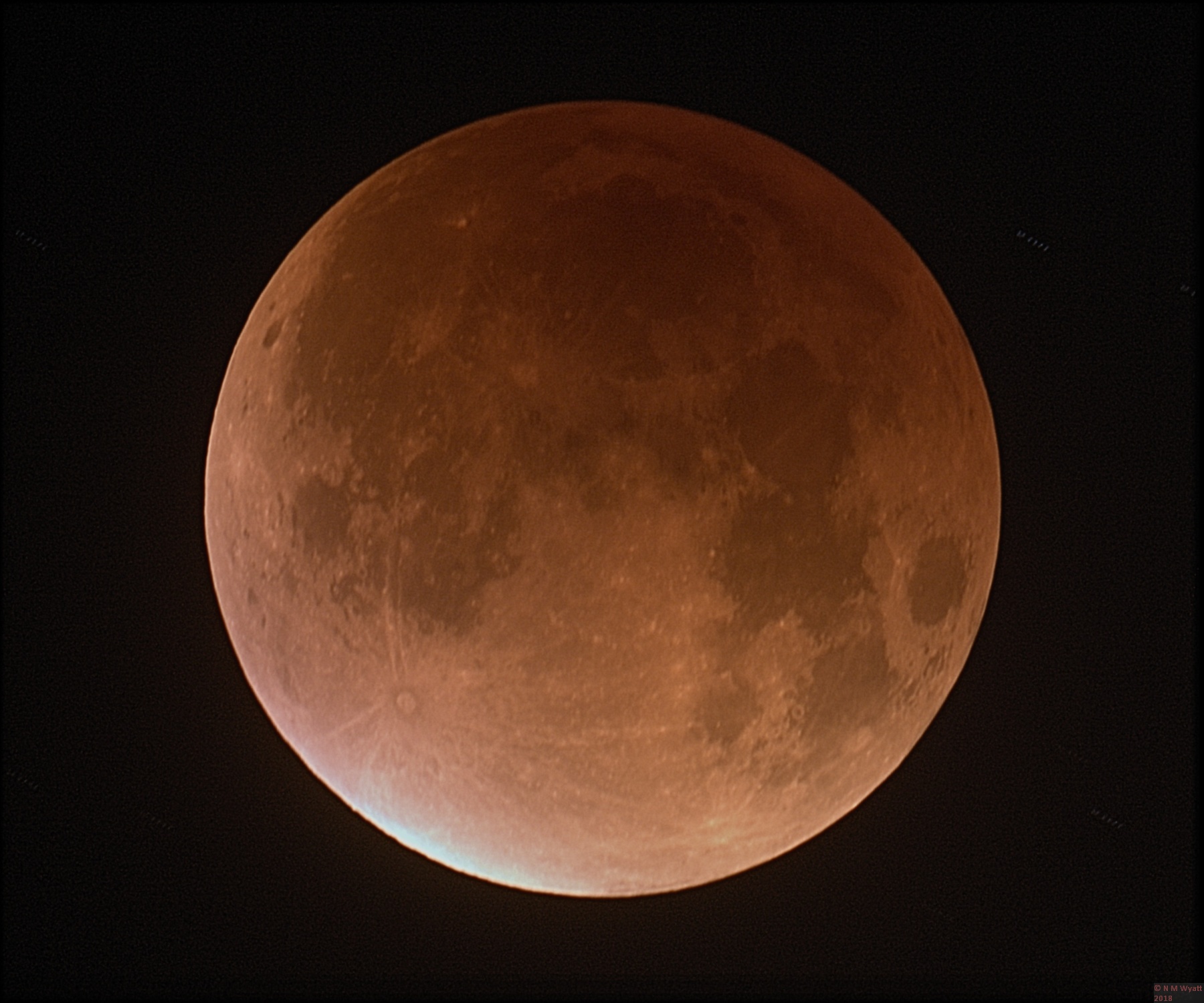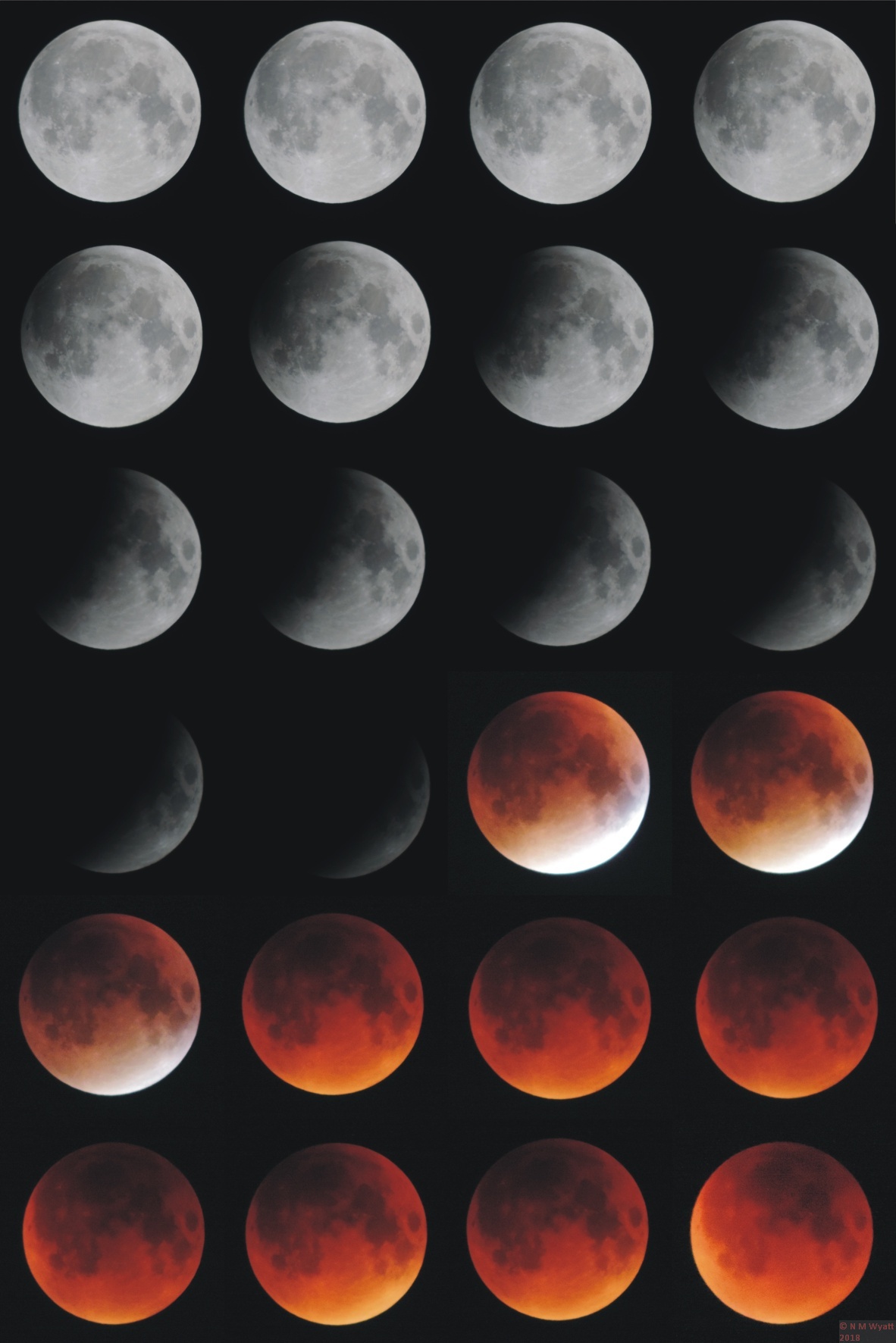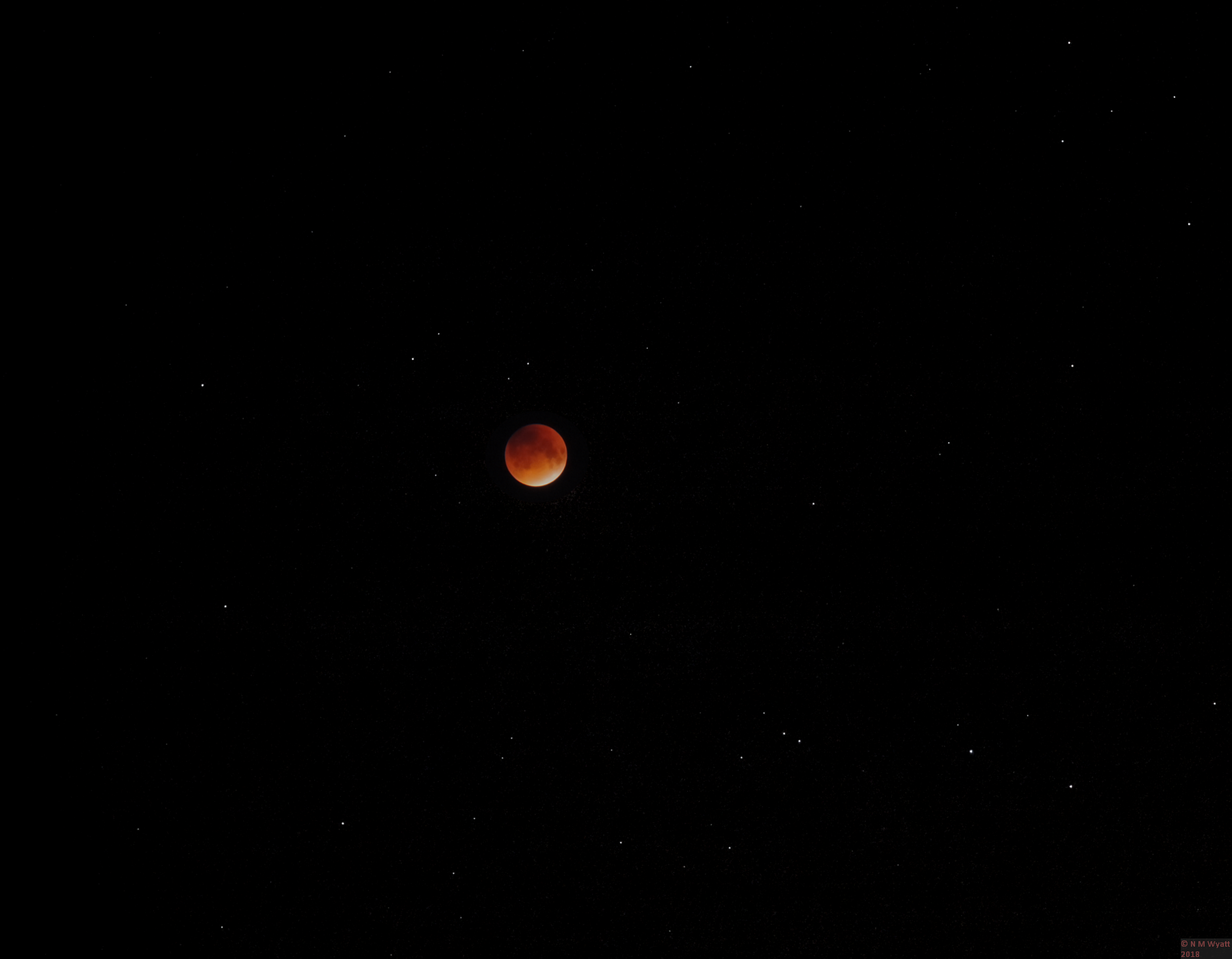If you find this website useful, please check out my books or visit my Amazon Author page. Or even Buy Me a Coffee!
Astronomy
Astrophotography
You are never too old to learn, and one of the thing that has opened my eyes has been discovering the quality of astronomical images that can be produced by amateurs with very modest equipment. By using digital cameras and image processing software it's a realistic ambition to produce images that compare favourably with those produced by the world's biggest telescopes fifty years ago - right in your back yard!
This website does not showcase the best astronomical pictures on the internet! It's a selection of pictures I have taken myself with basic equipment and free software. Producing images like these below, or even better ones, is within your reach!
Most importantly, you don't have to spend a fortune. My first serious scope, mount and tripod cost £180 on Ebay. I spent £40 on a more solid tripod, and about £200 on various bits and pieces including books and an ancient Canon EOS DSLR and a seconhand Microsoft HD Webcam. The results shown before are some of my best so far, and will be updated from time to time.
Perhaps the easiest target in the sky is the moon. You can get good pictures with any long or zoom lens, this is a 'stack' of six pictures taken with an ordinary bridge camera:
A gibbous moon photographed on the isle of Skye.
Follow the links below for introductions to some of the other things you can image in the night sky:
A Conjunction of Moon and Venus
This is a stack of several images taken while hoping to capture shooting stars from the Perseids meteor shower on 12 August 2015. Each image is just a fourteen-second exposure at ISO 100, showing what can be done under relatively dark skies.
Unfortunately there was rather a lot of thin cloud - not enough to obscure the stars, but it picked up light pollution from Burton Upon Trent about eight miles away and can be seen as faint bands from lower left to upper right.
The constellation Cassiopiea is clear at top left and Andromeda is at bottom right. Just above Andromeda near the middle of the image you can see the elongated smudge that is the Andromeda Galaxy. Much of the constellation Perseus can be seen at bottom left.
Still a lot going on in this picture :-)
Constellations Andromeda and Cassiopiea, with the Andromeda Galaxy.
- Details
- Category: Astrophotography
On 1 November 2015, most of the UK was shrouded in persistent mist and fog. The mist was very even and created unusually suitable conditions for solar imaging without special equipment, while the sun was still reasonably high in the sky and the seeing was good.
NOTE: These were exceptional conditions, do not try to directly observe or photograph the sun without specialist equipment.
This image is a stack of 26 images:
The sun showing three major active regions on 1 November 2015
This is a version with the active regions labelled:
Key diagram for active regions on 1 November 2015
And this is a close up of Active Region AR12443, note how the sunspots have a dark central region surrounded by a less dark outer zone. they are much cooler than the rest of the sun's surface (but still hot enough to melt steel in a flash!):
A close up of the sunspots in AR 12443
- Details
- Category: Astrophotography
Everyone knows the moon is grey... isn't it?
Well actually it isn't, it has areas with very subtle green, blue and orange tones, but these are difficult to make out with the unaided eye, though telescope users who know what they are looking for can detect them. In fact we are so used to a colourless moon, most photographs of it are rendered in monochrome.
Very careful processing of the colour balance of a photograph of the moon can make sure that none of these colours 'wins' over the others. this then allows the saturation of the image to be increased enough to make them visible. Once this colour enhanced image is combined with the 'luminosity' detail in a sharpened and carefully contrast adjusted image you can see the moon as you may never have seen it before. And this is no artefact - different photographers get the same colours in the same areas. The different colours actually reflect the age of different parts of the moon, with the younger maria (seas) being most colourful.
If you want to see the colours for yourself, the most obvious patch is the yellow/orange area near 10:30 and in a way from the rim - near the bright crater Aristarchus.
It's a bit of a wow moment when you realise the Moon is colourful... right click and 'view image' to see it in all its glory.
The Moon is a colourful place when you know how to look at it.
- Details
- Category: Astrophotography
The Moon, Venus, Mars and Jupiter
On 9 September 2015, there was a relatively close conjunction of three planets and the Moon. This purely random alignment gave a series of fine sights in the early morning sky as the moon 'caught up' with the three planets. By the 11the the moon will be virtually invisible, but Mercury will be just over the horizon just before sunrise for those blessed with clear skies and a low horizon.
Venus, Mars and Jupiter will be even closer together soon, closest on 27/28 September, then Venus will start to fade and Jupiter won't be at its brightest until March and Mars until June 2016.
In the photo below, taken through patchy cloud, Jupiter is at bottom left, Mars is just visible slightly above the line joining Jupiter and the moon, Venus is the very bright, slightly flared project near the top. The star Regulus in the constellation Leo is just visible to above and to the left of Venus. All very basic equipment - this was shot with a £30 second hand Canon EOS 10D and 28mm wide angle lens, handheld (braced against a window frame) 1/10 of a second at ISO800.
The conjunction of Mars, Jupiter, Venus and the Moon
- Details
- Category: Astrophotography
On 28 September 2015, there was a stunning total eclipse of the moon. The moon was within an hour of its closest approach to earth during totality, meaning that it appeared larger than usual - a 'supermoon'.
The Eclipse started as a vague darkening at the upper left edge of the Moon, which spread slowly and steadily across the disc.
The shadow of the Earth moves over the moon.
As the shadow covered the whole moon, it became orange to they eye, still bright near the edge, but the camera showed that this bright edge was actually thousands of time less bright than the unshadowed moon. The first image is 1/400 of a second at ISO 100, whilst the next image was a fifteen second exposure at ISO1600.
Now totally in the Earth's shadow, it adopted a dusky red-brown hue.
The above pictures were taken using a six-inch telescope with a Canon Eos 10D, and are stacks of about ten images. The following compilation image uses pictures taken with a Nikon P520 bridge camera. Note that the exposure time and ISO was changed at the point where the illuminated moon disappeared.
The various stages in the progress of the eclipse.
Once the eclipse was total, what had been just a smattering of stars in the sky became a spectacular display, including the Milky Way running through the constellations of Cassieopia and Perseus. This is one of the rare occasions when you could photograph the moon and the stars in the same image. This image is made by stacking the moon and stars from the same set of pictures separately then recombining them. This approach is needed because the moon moves relative to the stars so one or the other is blurred if you do a simple stack. Stars down to about magnitude 6.5 are visible in this image.
To see the stars properly, right click this image and choose 'view image'.
Finally, a close up view of the moon at totality, again double stacked, but using images from the 6" 150PL scope.
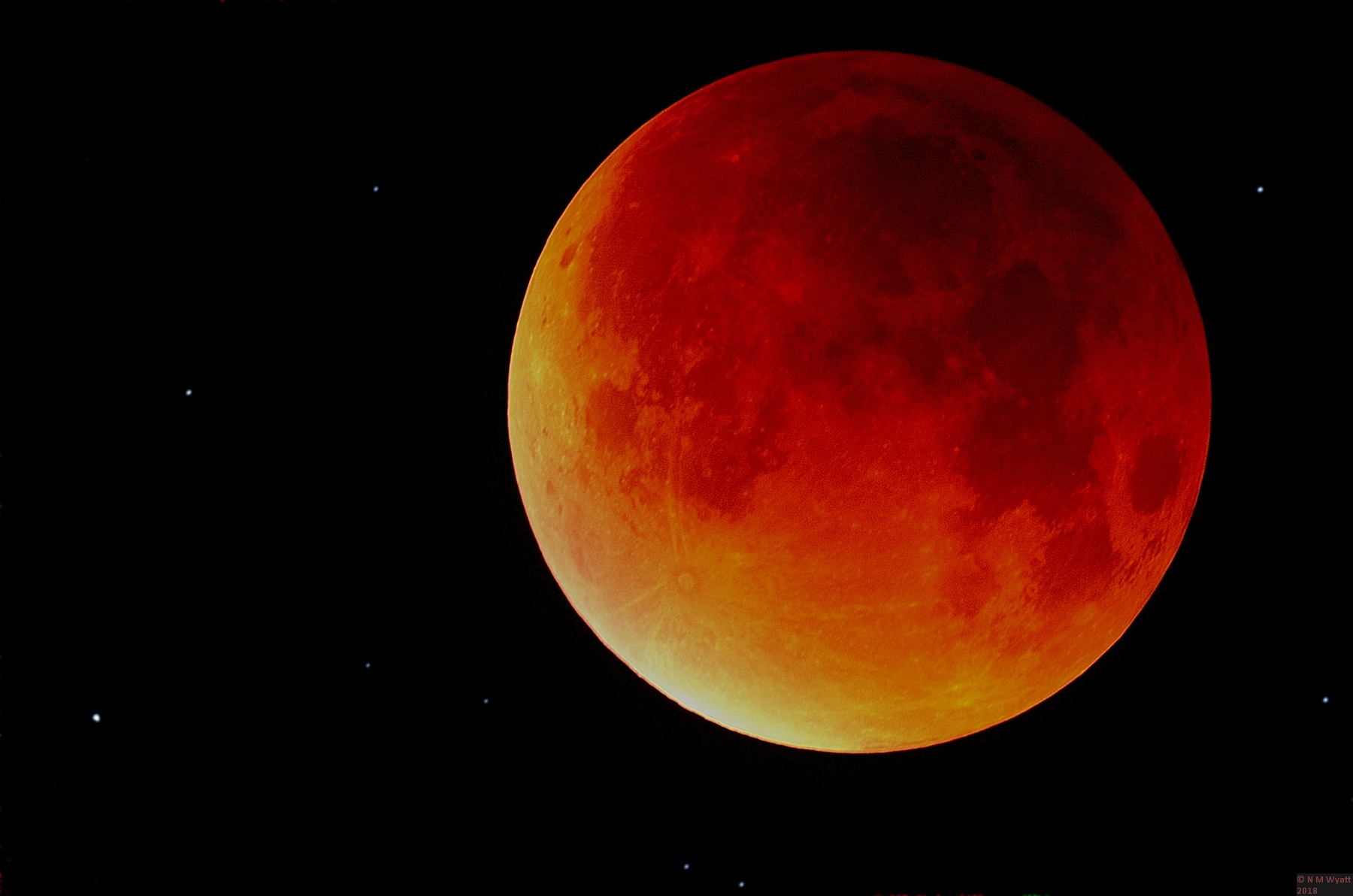 Total Eclipse of the Moon, 28 September 2015
Total Eclipse of the Moon, 28 September 2015
- Details
- Category: Astrophotography
Page 20 of 23

